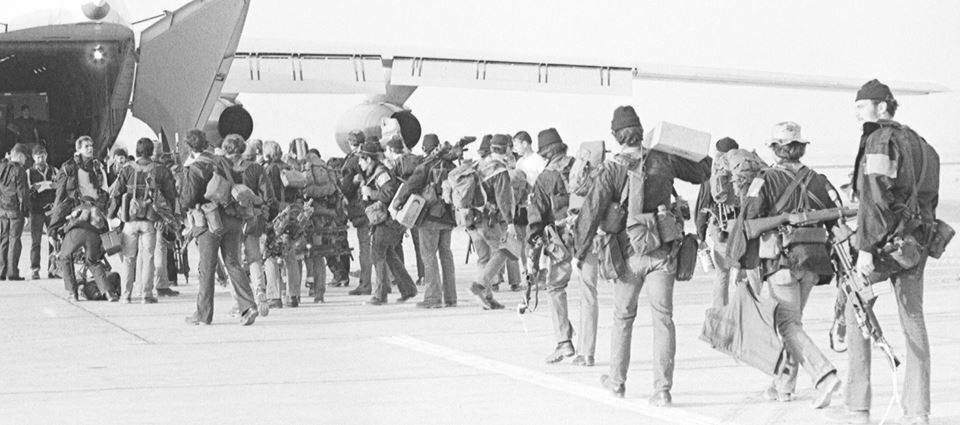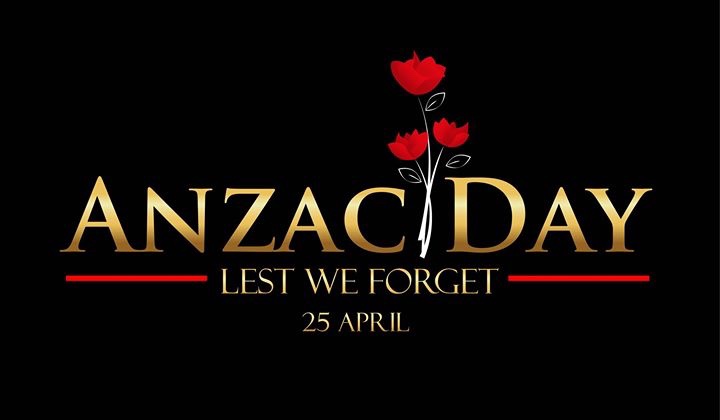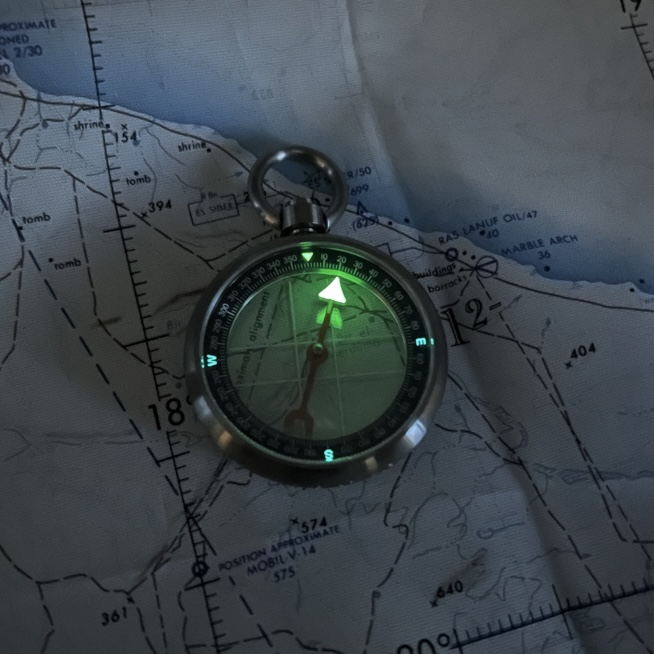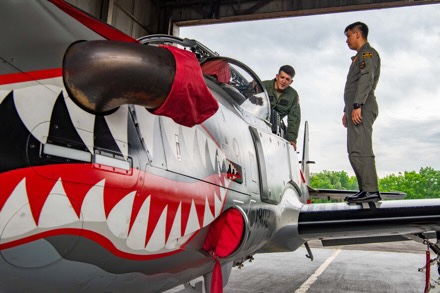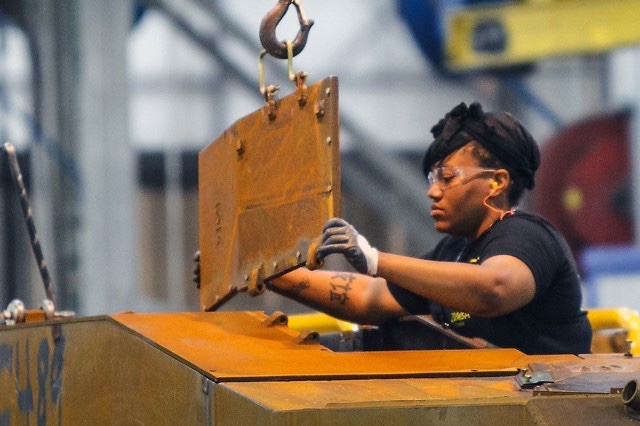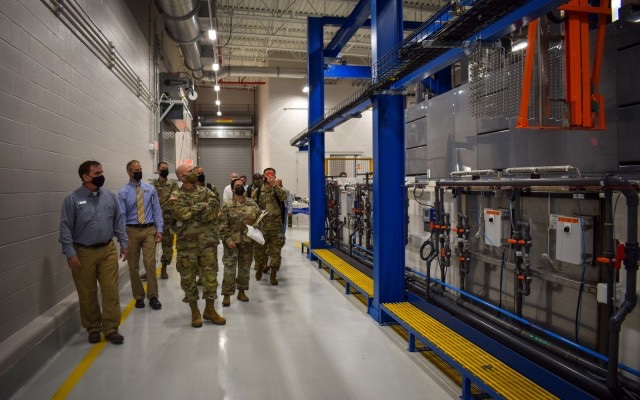Seneca’s quote on anticipating the coming troubles can be interpreted in these challenging times means that you can stay ahead of the action-reaction power curve by taking proactive measures instead of being relegated to reactive measures that place you behind the curve. Of course, the granddaddy of all proactive measures is to do risk assessment and develop control measures to reduce the probability of an undesired event.

Referred to as risk assessment or RA by the professionals such as high-end protective services and security specialists. A potential threat area (home, office, etc.) or activity (vacation or business travel) risk assessment should include an examination of potential risks via identification of known threats or threat areas, consideration of the likelihood and severity of an unwanted event, and implementation of realistic control measures to reduce likely risk. The risk assessment process can be further broken down by the numbers:
- Identify potential threats and/ or significant threat areas
- Estimate the likelihood and impact of an unwanted event
- Implement realistic control measures
It’s important to define terminology before running the RA process on a potential threat or threat area. The four most used RA terms are risk, threat, vulnerability, and assessment.
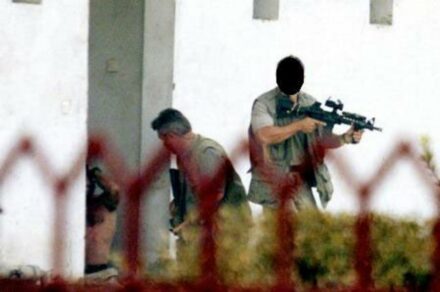
Risk is the measurement of the frequency, probability, and impact of loss from exposure to threats.
Risk
- Frequency
- Probability
- Impact
A threat is a serious, impending, or recurring undesired event that can result in loss which must be handled. In terms of residential or workplace violence, a threat can range anywhere from pre-operational activities (security probes, collection of sensitive information, etc.) to an active shooter.
A threat can also refer to an individual or the observable concerning behavior of an individual. Vulnerability is the quality or state of being exposed to the possibility of being attacked or harmed. Risk is the product of threat and vulnerability. The greater threat and/ or vulnerability, the greater the risk.
Risk = Threat x Vulnerability
Risk Assessment is a rational and orderly approach to problem identification and probability determination. As mentioned earlier, risk assessment is not a reactive approach but a proactive approach that should be part of any personal, home, or work security planning process. It involves figuring out the possible risks and how and when to control that risk should it become realized.
An example of figuring out the possible risks and how and when to control that risk if it occurs is the design of a home invasion emergency action plan. Using a traditional residential security concept called ‘concentric rings of protection, ‘ multiple rings or layers of security are employed to create a 360-degree envelope of protection around your dwelling and its occupants. The concentric rings are like an onion of security wrapped around your home.
The outermost ring is to deter – that is, remove any tools (hammers, screwdrivers, crowbars, etc.), ladders, and sporting equipment (baseball bats, etc.) from the yard. Have good lighting activated at night and some sort of gate or at least a fence or terrain barrier to help deter interest in your home.
The next security ring is to detect – that is, use of any cameras or motion sensors to determine or observe a security breach. The next ring is to delay – be sure that there are good quality locking windows and doors installed to help keep an intruder at bay long enough for an appropriate response.
The last of the four concentric rings of security is to deploy – that is, depending on which end of your home the attack initiates, what are your use of force deployment options? Have you established and reviewed a home protection emergency action plan with your family?
When appropriately implemented, risk assessment promotes activity for reducing or eliminating long-term risk. The goal of effective risk assessment is sustained threat intervention.

Risk Assessment Examples
The very best example of RA is that of the commercial airline industry. Few industries have established such a quality risk assessment culture as that of the commercial airlines. The three most common guidelines utilized by the airlines and similar high-value security professionals are:
- Accept no unnecessary risk. Suppose you’re planning your vacation and know that a particular foreign country is under extreme civil unrest or worse. In that case, there’s no reason to accept the high probability risk of something bad happening to you or your family.
- Anticipate and manage risk by planning. Proactive measures assist you ahead of time and develop strategies that can be deployed in the event of an active threat. If you need to drive for a very long distance to a destination you’ve never been before, then looking at a map ahead of time to get your bearings and keeping your gas tank near full are two proactive measures that can help prevent you from needing roadside assistance or getting lost in an unknown or potentially high-threat area.
- Make appropriate risk decisions at the right awareness level. If you’re walking through a nasty part of town, then your personal security radar should be clicked up to a higher setting than when you’re locked in your car with the windows rolled up and driving at speeds around 65 MPH on a freeway. The worse decision you can make is to click to a lower level of situational awareness where and when you need it the most.

Top security professionals recommend following the ABCs of risk management – Assess, Balance and Communicate.
Assess is applying your situational awareness to your immediate environment and continually evaluating what’s happening. Forewarned is forearmed and places you ahead of the action-reaction power curve. Taking in good information allows you better decision-making that will affect future outcomes.
Balance is your evaluation of a given situation. Applying your situational awareness and processing relevant information gleaned from your environment (assessment) allows you to weigh the pros and cons of a tactical decision like an accounting balance sheet in your head.
Communicate. If there are others with you, it’s recommended to timely and appropriately verbalize your plan. For example, “Hey kids, let’s get back to the car!”
Risk is an expression of the probability and severity of an undesired event. It occurs at many levels (compromise of personal safety, making the decision to accept unwarranted risk, etc.) Risk is controlled by balancing the factors that might increase risk, decrease the potential of an undesired event, and increase the likelihood of a positive outcome.
Remember your ABCs – Assess, Balance, and Communicate. Follow the professional RA guidelines by accepting no unnecessary risk, anticipate and manage risk by planning and making appropriate risk decisions at the appropriate awareness level. The product of good risk assessment keeps you ahead of the action-reaction power curve by implementing proactive measures.
About the Author:
Steve Tarani is a former full-time CIA protective programs employee, small arms and defensive tactics subject matter expert who served on POTUS 45 pre-election executive protection detail. He is the lead instructor for NRA’s non-ballistic weapons training program offered nationally and a widely recognized SME on matters of personal protection and urban survival. Tarani is also a DoD and FLETC-certified federal firearms instructor who has been on staff at Gunsite Academy (AZ) as a Rangemaster for over twenty years. Formerly sworn, he is also a former federal contractor and service provider for the US Defense Intelligence Community, US Naval Special Operations Command, and other government agencies. Additionally, Tarani serves on the National Sheriffs’ Association Committee for School Safety and Security.
